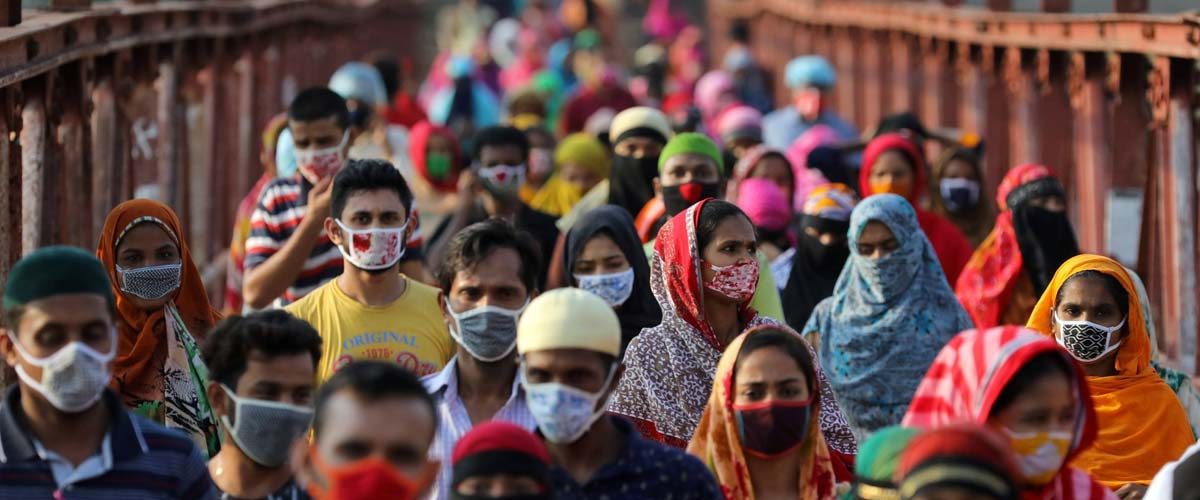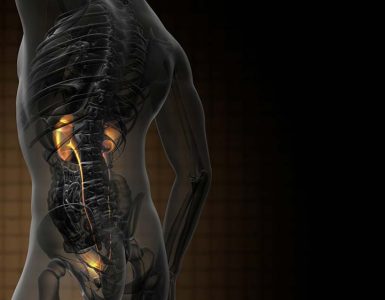Severe acute respiratory syndrome coronavirus 2 (SARS-CoV-2) is a life threatening viral pathogen which is responsible for causing COVID-19 disease all around the world.Irani Thevarajanet al. (2020) notified that the rapid outbreak of COVID-19 disease results in global pandemic within three months after emerging. Xintian Xu et al. (2020) reported that SARS-CoV-2 is a single stranded RNA virus (ssRNA) that belongs to the beta Coronavirus family.
According to Hongzhou Lu et al. (2020)COVID-19 disease was reported for the first time in Wuhan city, Hubei province of the Republic of China in December, 2019.27 cases of pneumonia of an unknown etiology have been confirmed in China. Multiple clinical symptomsand radiological findings have been observed in these patients like fever, dyspnea, dry coughand glassy lung opacity.Various symptoms and parameters have been identified by researchers from the time of identification to till regarding the diagnosis and presentations of COVID-19 disease.
A novel study was designed by Abu Taiub Mohammed Mohiuddin Chowdhuryet al. (2021) in collaboration with other researchers that is published in The Journal of Infection in Developing Countries in order to investigate the primary symptoms and basic hematological presentations of SARS-CoV-2 infection among the Bangladeshi patients.
This was a multicentre cross-sectional study done on COVID-19 patients enrolled between 5 May and 15 June 2020 which istested positive by RT PCR in Bangladesh. Clinical features of mild to moderate degree of COVID-19 patients; hematological and biochemical admission day laboratory findings of moderate to severe degree hospitalized COVID-19 patients were analyzed. Hemoglobin level, Erythrocyte Sedimentation rate, total and differential count of WBC, RBC, Platelet, C – reactive protein (CRP), serum glutamic – pyruvic transaminase (SGPT), Serum Ferritin, Prothrombin time, D-Dimer, and Serum Creatinine were assessed in order to evaluate the hematological changes in hospitalized patients.
The results of this study exhibited that symptoms like myalgia, diarrhea, skin rash, headache, abdominal pain, nausea, vomiting, restlessness, and a higher temperature of > 100° F have a greater presentation rate and more frequent than other published studies. CRP and Prothrombin time was found to increase in all the patients. Elevated level of serum ferritin, ESR, SGPT, and D-Dimer were observed in patients. Blood hypercoagulability is common among hospitalized COVID-19 patients. Finally yet most importantly, this study also explained that COVID-19 patients are at high risk for venous thromboembolism and an early and prolonged pharmacological thromboprophylaxis with Low molecular weight harpin (LMWH) is highly recommended.
This study played a key part in evaluating a different expression in presenting symptoms of COVID-19 patients in Bangladesh. In conclusion, CRP, Prothrombin time, serum ferritin, ESR, SGPT, D-Dimer, erythrocytopenia, and lymphocytopenia can be assessments for diagnosis and prognosis of COVID-19 disease. Decrease hemoglobin count in male and increased SGPT in female are considered as two main determinants for diagnostic value against gender.
Keywords:
Severe acute respiratory syndrome coronavirus 2 (SARS-CoV-2);COVID-19; global pandemic; Bangladesh; clinical features; hematological findings; venous thromboembolism.
















Add comment